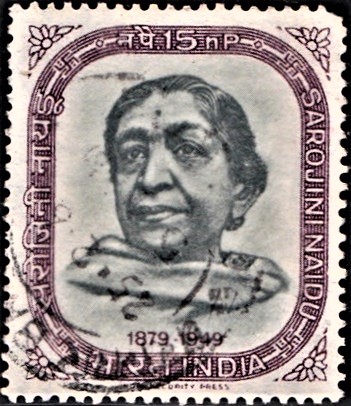
Sarojini Naidu
A commemorative postage stamp on the 85th Birth Anniversary of ‘Nightingale of India‘ Sarojini Naidu, an Indian Bengali freedom fighter, president of Indian National Congress in 1925 :
 Issued by India
Issued by India
Issued on Feb 13, 1964
Issued for : The P & T Department deems it a privilege to issue a special commemorative stamp as its humble share of the nation’s tribute on her eighty-fifth birthday.
“The battle of freedom is over. The struggle for peace begins. And my country, my India, that has never excluded friend or foe from her hospitality, my India that has offered knowledge and wisdom to the world, once more will she stand in the forefront of the world civilization, once more she will bring the message of peace, once more will she carry her lamp into the darkness of strife and struggle and hatred; and the nations of the world who are free and the nations of the world who are not free, we pledge you our comradeship, our understanding, our love. Let us move together towards the great world fellowship, which we dream. Let us work together for the peace that will never be ended. Let us work for justice, for equality, for human rights, but not privileges, for human duties but not prerogatives, let us all be fellow citizens of a great, free world of which our ancestors dreamed and for which we have striven.“ (From a broadcast by Sarojini Naidu on August 15, 1947).
“I am happy to know that the Posts and Telegraphs Department is issuing a special postage stamp in commemoration of the forthcoming birthday of Shreemati Sarojini Naidu. In the history of the country’s struggle for freedom her name will always occupy an honoured place. Born in a rich and aristocratic family and blessed with the best that Western education could confer, she threw herself into the Congress movement regardless of the hardships and sufferings which could daunt even the hardiest of men. She utilized all her poetic and literary talents in promoting the country’s cause both at home and abroad, and while enduring the hardships and privations which fell to the lot of fighters for freedom, she retained her characteristically fresh and vivid approach to life. This helped to bring cheer to the lives of many others who are not so fortunately endowed. In honouring the memory of this great woman – one of the greatest that our country has produced, let us remind ourselves of the values which she prized – love of peace, freedom and justice and complete faith in racial and communal harmony and human brotherhood.“ – Zakir Husain
Type : Stamp, Postal Used
Colour : Red purple and Grey
Denomination : 15 nP.
Overall size : 3.3 x 2.9 cms.
Printing size : 2.99 x 2.52 cms.
Perforation : 13½ x 14
Watermark : All over multiple ‘Lion Capital of Asoka’
Number printed : 2.5 million
Set : 42 stamps per issue sheet
Printing Process : Photogravure
Designed and printed at : India Security Press
Name : Sarojini Chattopadhyay
Born on Feb 13, 1879 at Hyderabad, Telangana, India
Died on Mar 2, 1949 at Lucknow, Uttar Pradesh, India
About :
- Sarojini Devi was born on February 13, 1879, the first daughter of Dr. Aghorenath Chattopadhyaya of Brahmanagram, East Bengal. Aghorenath was a great scholar and educationist. He was descended from an ancient Brahmin family of Bengal, noted for its scholarship and learning in Sanskrit. No better description of her family is available than the one she herself gave later: “My ancestors for thousands of years have been lovers of the forest and mountain caves, great dreamers, great scholars, great ascetics.” From her father she inherited love of truth, a burning passion for her country, a mind of steel, a scintillating wit and the gift of Homeric laughter. From her mother, Varada Sundari, who composed fine lyrics in Bengali, she imbibed her passion for poetry. But her genius was all her own.
- She went through a formal education and matriculated at the early age of twelve, but the schooling she received at home was the more important part of her education. Both in her tireless thirst for knowledge and her astonishing capacity to absorb it, she was a prodigy. Even as a student she was veracious reader; she composed her first verse over a sum of algebra, wrote plays and fiction, and kept diaries – all pointing to an absorbing and effervescent mind.
- In Hyderabad, where her father had settled down, she won a State scholarship for higher studies and, in September 1895, proceeded to England. She attended King’s College, London, and later, Girton’s College, Cambridge. But her delicate health came in the way of further academic pursuits. She visited Switzerland and Italy for a rest cure and, ultimately, in September 1898, returned home to Hyderabad.
- Her marriage to Dr. M. Govindarajulu Naidu, Chief Medical Officer to the Nizam, was an inter-provincial and inter-cast union, but a singularly happy one. Despite her intense dedication to the country’s cause, Sarojini Naidu throughout retained her devotion to her home and her family, true to the tradition of Indian womanhood.
- As a poetess giving voice to renascent nationalism, Sarojini Naidu was acclaimed the ‘Nightingale of India‘. She started writing poetry at the age of ten. During her three-years’ stay in England, her genius for poetic expression had drawn the attention and won the friendship of eminent literary critics like Edmund Gosse and Arthur Symons. It was their persuasion that turned her early poetic vision homewards – where her native talent found expression in rich oriental idiom and imagery. In the words of Arthur Symons, her lyrics had the quality of bird-song.
- Aptly has she described her own absorbing avocation of poetry:
“To priests and to prophets
The joy of their creeds;
To Kings and their cohorts
The glory of deeds;
And peace to the vanquished
And hope to the strong….
For me, O my Master,
The rapture of Song!“ (Guerdon) - She published three anthologies: The Golden Threshold (1905), The Bird of Time (1912), and The Broken Wing (1917). In 1943, her poetical works were published in a collection appropriately entitled The Sceptred Flute. Her rare gift of poetry won for her the Kaiser-i-Hind gold medal. In 1914, she was elected to the Royal society of Literature.
- But soon, Sarojini Naidu‘s “close companionship with a nation’s sorrow in bondage” was to draw her to the political arena of our struggle for freedom. She then became the passionate bard of a superb patriotism. By 1921, she had become deeply involved in the politics of her country, like many of her eminent contemporaries. She gave the national movement, in the words of Jawaharlal Nehru, “artistry and poetry and that zest for life and indomitable spirit which not only faced disaster and catastrophe, but faced them with a light heart and with a song on her lips and a smile on her face.“ In short, her life itself became a poem and a song.
- Sarojini Naidu‘s association with the Indian National Congress, covering practically the entire period of her public life, began at Lucknow in 1916. Here she moved her first resolution in the open session. In 1918, she presided over the Provincial Congress at Conjeevaram. In 1924-25, the Congress deputed her to Kenya and to South Africa as an interpreter of India and a messenger of goodwill. On her return home in 1925, she was elected President of the Congress, in succession to Gandhiji. Her reaction to this honour was characteristic: “In electing me chief among you through a period fraught with grave issues and fateful decisions, you have reverted to an old tradition and restored to Indian women the classic epoch of our country’s history.“ It was, indeed, in this light that contemporary opinion regarded her choice. One eminent commentator considered her “the greatest woman of the present age, the product of a new India, clamouring for the recognition of her rights before the worlds“. A leading foreign journal described her as a “Joan of Arc who rose to inspire India“.
- Her presidential address at the Cawnpore session of the Congress was a masterpiece of brevity and sweetness. She urged: “Let the Congress be the voice of the people, not the voice of politicians, for we have national – not purely personal – purposes.“ Whenever she spoke, she cast a spell over the audience; it was the magic of her effortless charm as much of her eloquence.
- Her wit was no less brilliant than her oratory; felicity of phrase and readiness of repartee made her a great conversationalist. Her prose was no less powerful than her poetry. Her description of Gandhiji‘s address in court at Ahmedabad trial, 1922, is brief but classic: “It was in itself a poignant and imperishable sermon only equalled throughout the ages – once at Sarnath and once on the Mount of Olives. Mahatma Gandhi was in that hour and for all time the embodied and invincible evangel of self–deliverance through self–sacrifice.“
- In 1928, Sarojini Naidu went to the United States of America, as a spokesman of India, to interpret the country and to dispel the distorted image, which Katherine Mayo‘s Mother India had created. No better choice could have been made than this eloquent herald of awakened Indian womanhood. Sarojini Naidu‘s intimate association with Mahatma Gandhi from the earliest days of the freedom movement is one of its highlights. Her meeting him for the first time in London, in 1914, was the beginning of a life-long devotion. She became virtually his “aide-de-camp, always about him, a ministering angel.” She was with him during the historic Dandi march of April 1930. She led the famous Satyagraha raid on the Dharasana Salt Pans. She accompanied him to the London Round Table Conference in 1931, as a representative of Indian woman. She followed him to Jail on several occasions. Recurring incarceration injured her health but her courage was invincible. She wrote to Gandhiji in 1920, from abroad : “The specialists think that my heart disease is in an advance and dangerous stage, but I can’t rest till I stir the heart of the world to repentance over the tragedy of martyred India.“ Her ardour transfigured everything she touched; she was a veritable “pillar of fire” and showed a rare “magnificence of spirit”. She was a champion of communal unity, which was, indeed, a passion with her. In childhood, she had surrounded herself with children of all communities. She said once, “Having enlarged my love, having widened my sympathies, having come in contact with different races, different communities, different civilizations, friends, my vision is clear.“ This was the vision of a United India. She represented in herself a rich synthesis of the various currents of Indian culture. She was its interpreter and ambassador, a link between East and West. And despite her intense nationalism, she was an internationalist, with her “human point of view, full of understanding, full of compassion for all”.
- When freedom came, in August 1947, she was chosen as the Governor of Uttar Pradesh, an office which she filled for a year and a half, with a rare ability and distinction – “a great servant of the State in an exalted position”. She passed away on March 2, 1949. The Prime Minister of India, Jawaharlal Nehru, said the next day in the Constituent Assembly : “…. I doubt whether India will or can produce another Sarojini…Here was a person of great brilliance. Here was a person, vital and vivid. Here was a person with so many gifts, but above all, with some gifts which made her unique.“


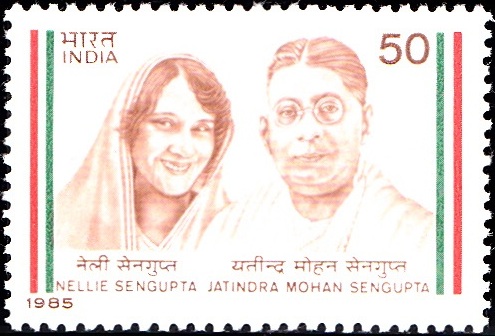
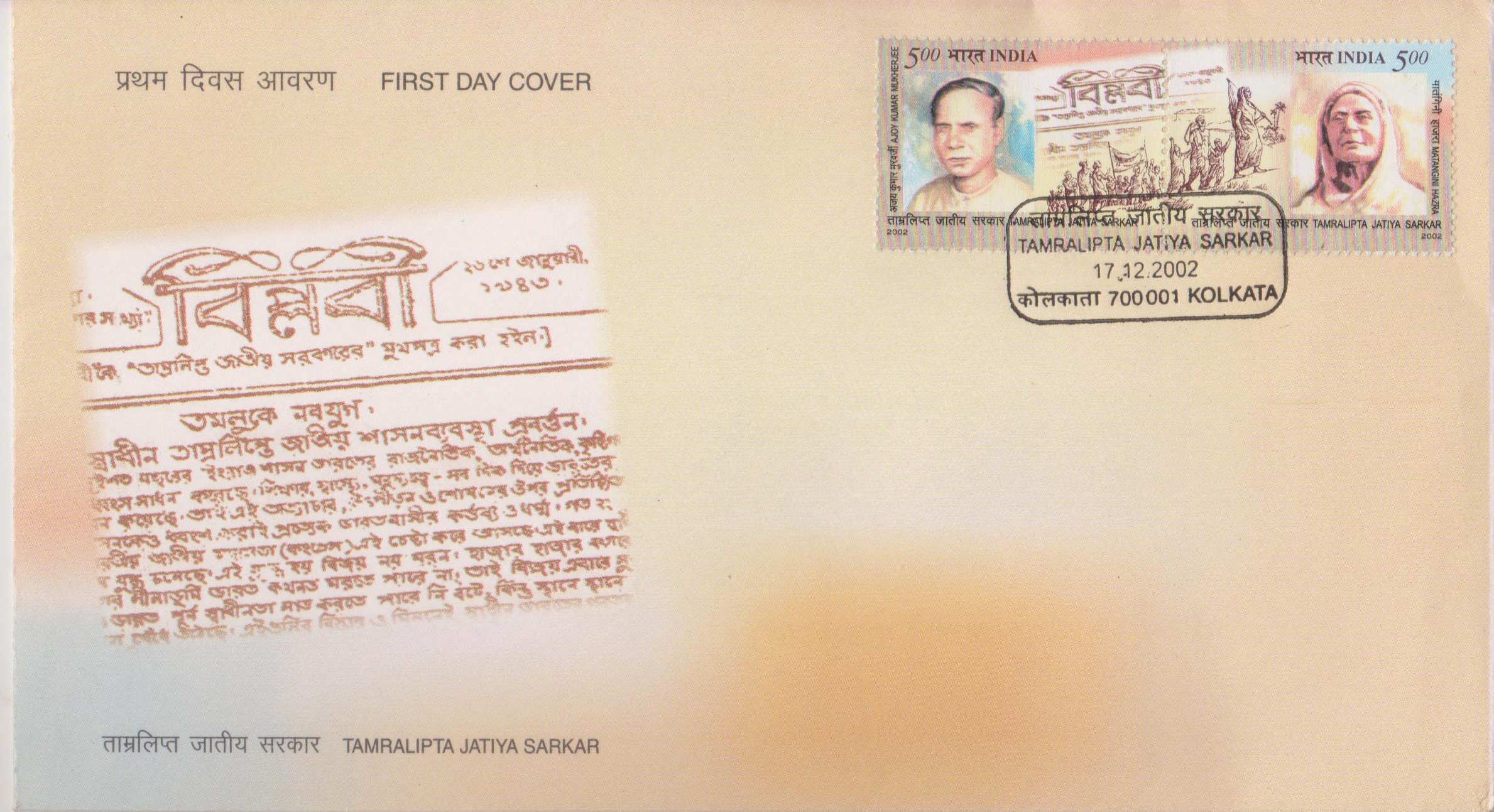
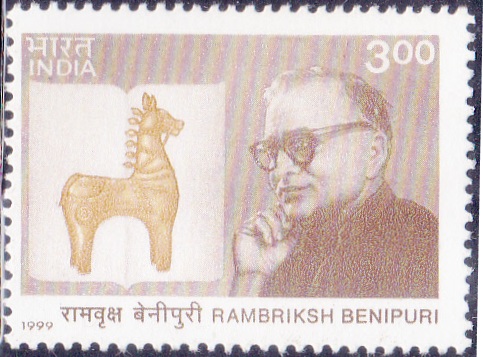
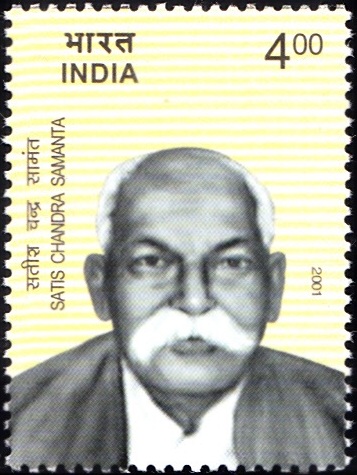
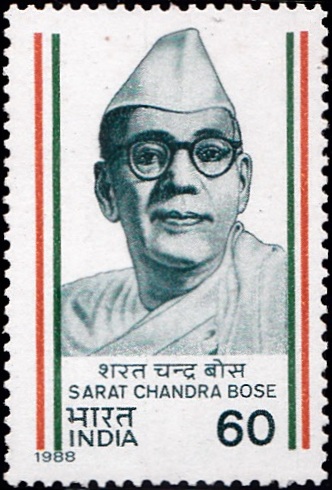
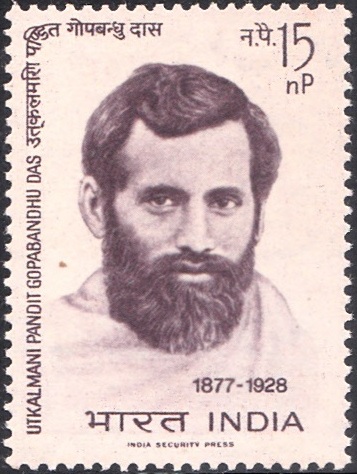
[…] who one loves to look upon”. In a letter to Jawaharlal Nehru on the occasion, Sarojini Naidu wrote : “This child will be the new soul of India“. Indira Priyadarshini had her early […]
[…] the first modern Anglo-Indian poet to be published in English, a trend which continued right up to Sarojini Naidu and […]
[…] was deeply influenced by the thought and deeds of such eminent national leaders as Mahatma Gandhi, Sarojini Naidu and C. […]
[…] by famous leaders like Lokmanya Tilak, Annie Besant, Mahatma Gandhi, Pt. Madan Mohan Malviya, Sarojini Naidu, Mohamed Ali Jinnah, Motilal Nehru, Jawahar Lal Nehru and others on many […]
[…] So overwhelming was her music that Pt. Jawaharlal Nehru crowned her as “Queen of Song” and Sarojini Naidu, a poet and leader of our freedom movement praised her for the beauty of her voice and the magic of […]
[…] bathed in the sea and then at 8:30 in the morning, he bent down and picked up a handful of salt. Sarojini Naidu, who was there, hailed him as a […]
[…] “As the march continued, as days broke into dawn and dawn ripened into dusk, we saw before our very eyes the history of the world changing. We saw the whole of India rising up with rekindled enthusiasm and faith.“ – Sarojini Naidu […]
[…] Indian political scene as Mahatma Gandhi, Dr. Annie Besant, Dadabhai Naoroji, Rabindranath Tagore, Sarojini Naidu and Motilal Nehru. Inspired by the wave of national resurgence generated by Mahatma Gandhi’s […]
[…] sat at Agra from 1866 to 1868. In 1869 it moved to Allahabad in a building on the Sarojini Naidu Marg, and then to the present building on the Hastings Road. The foundation of the present […]
[…] Chandra Bose where Bose addressed Gandhi as “The Father of the Nation”. On 28 April 1947, Sarojini Naidu during a conference also referred to Gandhi as “Father of the Nation”. The Nation is indebted […]
[…] at Belgaum in 1924 where notable freedom fighters Mahatma Gandhi, Jawaharlal Nehru, Sarojini Naidu and Maulana Abul Kalam Azad were present. Since her first public concert in Mumbai in 1931, Hangal […]
[…] a few days before he threw himself into making the session a success. His fortitude was praised by Smt. Sarojini Naidu. Sambamurthy is remembered as one of the earliest leaders to move the resolution for Purna Swaraj, […]
[…] enjoyed the trust and affection of Mrs. Sarojini Naidu who described him as a “Lamp in the Desert” because of his services in the Sind, which […]